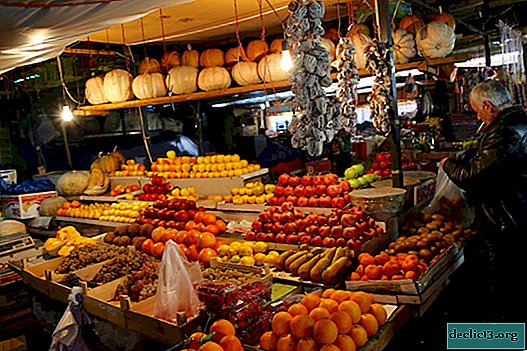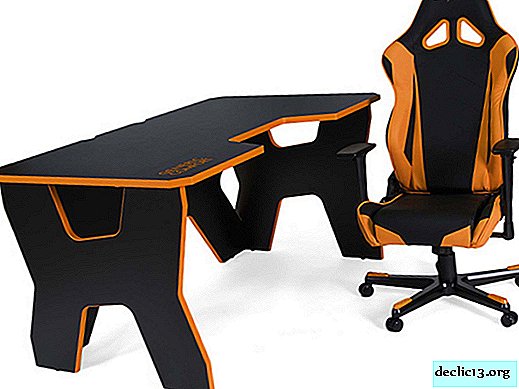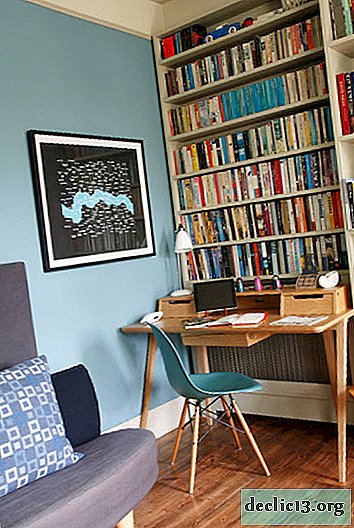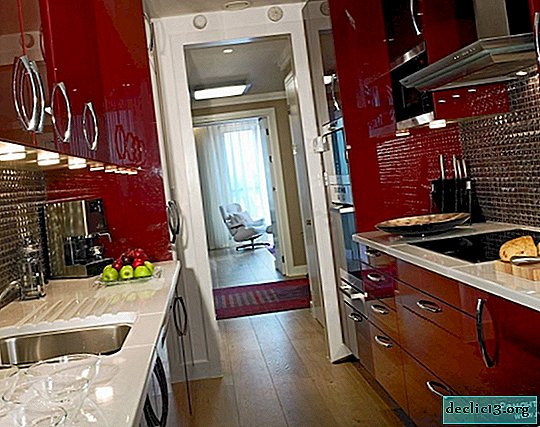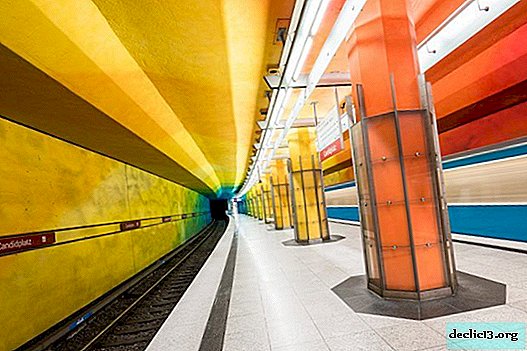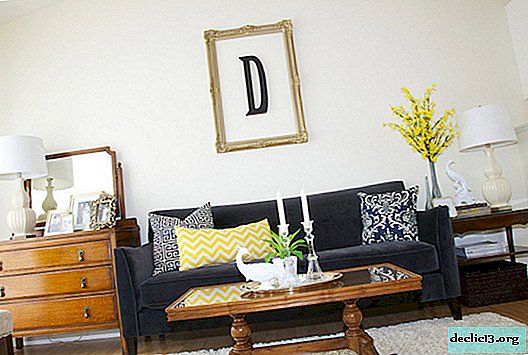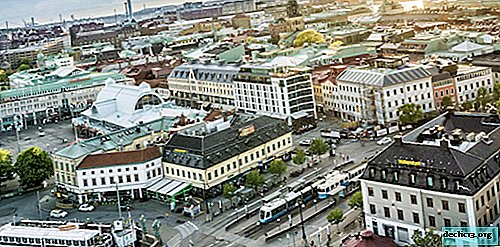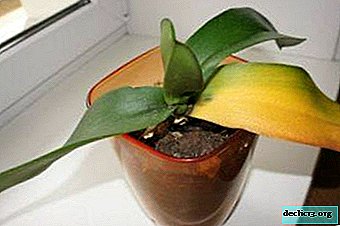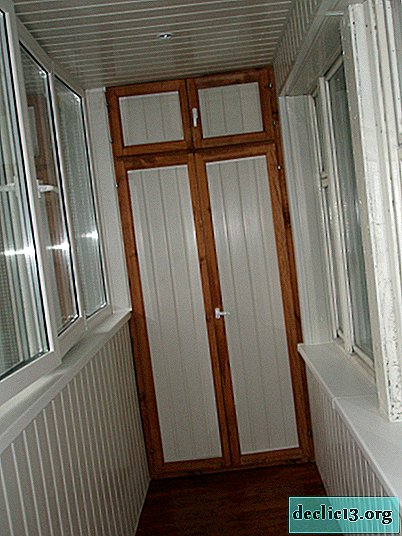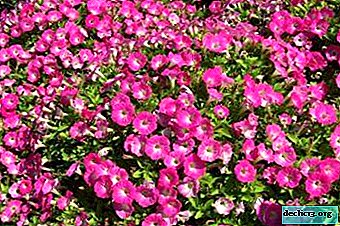Borders and friezes: description, types and photos
Borders and friezes are long paper stripes along which a decorative pattern is applied. They are glued on the upper cut of the wallpaper. In the interior are horizontal tapes glued around the perimeter of the room.
Border - it is a colored or ornamental strip with a width of 15-30 mm. It is mainly used for decorating the joint between the wall and the ceiling, it is also used for decorating window and doorways, etc., sometimes used to create decorative panels, for example, for decorating photo wallpapers. When choosing a pattern, it should be borne in mind that for background and plain wallpapers, you should choose a border of the same tone, only a brighter color. If the wallpaper has a pronounced pattern, then a border of the same color or slightly darker than the main background is better.
Frieze - also represents a paper strip, only 150-300 mm wide, with a standard roll length of 12 m. They are used as a horizontal tape around the entire room, which can be located under the ceiling, around the perimeter of the paintings or at the level of the backs of chairs.
Photo interior
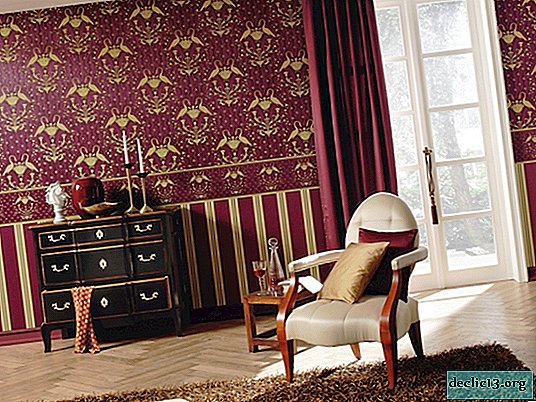









Varieties of material
By the type of surface to be trimmed, borders and friezes can be for paper, vinyl, textile, acrylic, velor and fiberglass paintings.
The material also varies in texture, there are:
- embossed - have a relief surface;
- smooth - classic version.
By type of gluing, friezes and borders are divided into two types:
- ordinary - smeared with glue, like regular wallpaper. Great for painted surfaces or glued with paper wallpaper.
- self adhesive - this kind of protective paper has the wrong side, which must be removed as it is glued. They are well suited for vinyl and washable wallpapers, as ordinary glue does not stick to them.
Work tips
If you use ordinary wallpaper glue when gluing friezes or borders, then the edges of the material may lag over time, so you should use special glue. It is very important not to leave excess glue on the surface during operation, otherwise shiny spots will remain on the wall. The fact is that the "border" glue dries quickly, so you should immediately remove the remaining glue with a damp cloth or sponge.
By and large, friezes and borders can be glued at any height, the main thing is to withstand strict horizontalness and alignment of the pattern in the corners, for this, before the glue on the wall, you need to draw a drive line. By the way, in the process, do not allow the material to twist or bend, as this can ruin the finish.


